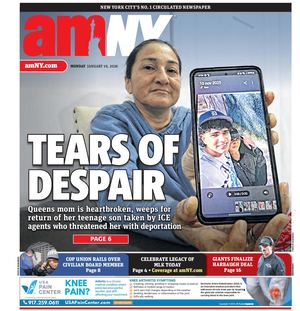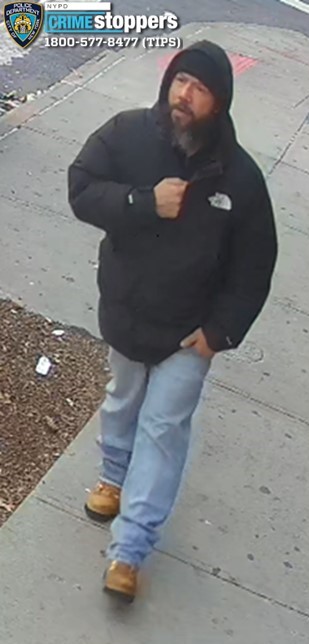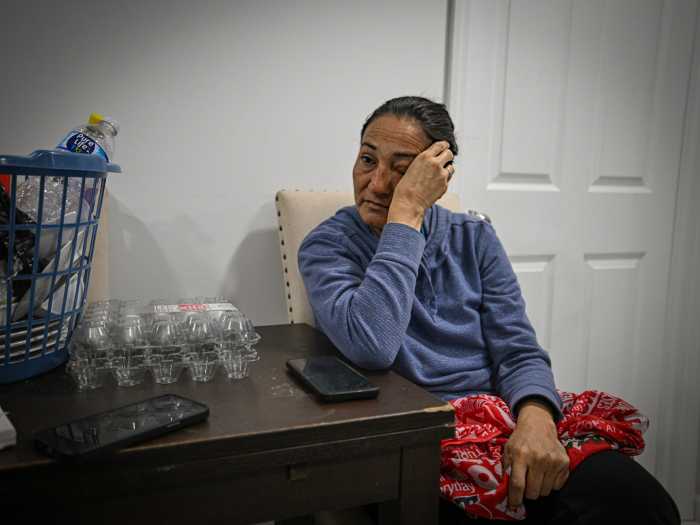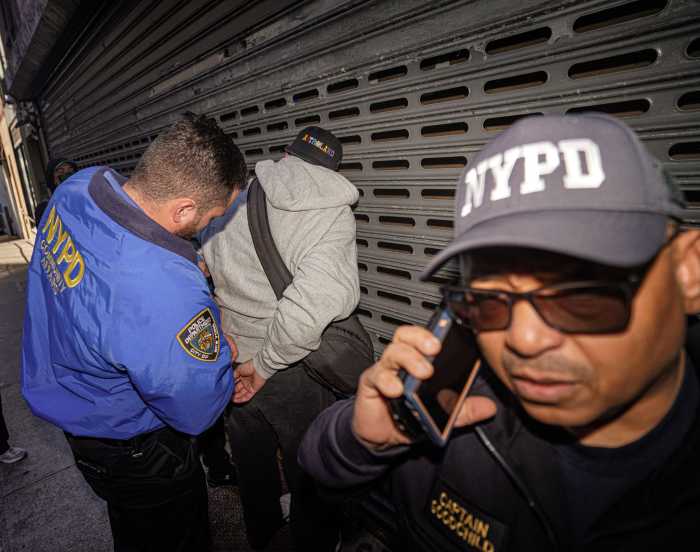
The city will be rid of the unsafe temporary housing for homeless families, known as cluster sites, by 2021, the mayor has said.
The cluster site program, which started in 2000, houses the homeless in privately owned apartments that are paid for by the city, but the conditions of the apartments have been criticized by housing advocates and politicians.
In 2016, when Mayor Bill de Blasio first announced a plan to end the program, there were more than 3,000 units in more than 260 buildings across the city.
Since then, that number has been reduced by more than 50 percent, according to the mayor’s office.
On Tuesday, de Blasio announced that 468 cluster units in 17 buildings have been designated for conversion to permanent housing. The buildings are being bought and rehabilitated by not-for-profit developers that the city has partnered with.
The conversions to permanent housing are expected to be complete in early 2019.
“After this conversion is complete, there will be approximately 1,400 cluster units remaining, which the City will phase out entirely by 2021,” the mayor’s office said in a news release Tuesday.
Learn more about cluster sites below.
The inception of the Cluster Site Shelter program
Originally called the scatter-site program, the initiative began as a temporary, emergency solution for the city’s homeless population in 2000 under former Mayor Rudy Giuliani.
Between 2000 and 2004, about 13,375 families lived in such housing units, the Institute of Children and Poverty said. In 2002, 2,000 cluster apartments housed a quarter of the city’s homeless families, according to The New York Times. At the time, the city paid $2,900 per month for every unit, accruing $33 million in housing expenditures for cluster apartments alone, The Times report said.
Over the years, as the city’s homeless shelter population continued to grow, infrastructure to accommodate those in need became insufficient. This increased the city’s dependency on temporary housing initiatives, such as the cluster site program, according to Turning the Tide of Homelessness in New York City, a report and action plan released by the mayor’s office in 2017.
The number of shelter residents in New York City was 23,868 when Giuliani became mayor, the report said. That number was 31,009 when former Mayor Michael Bloomberg took office, and grew to 51,470 — a high not seen since the Great Depression — when de Blasio became mayor in 2014, the report added.
Arguments against cluster sites
The city’s Department of Investigation released a report on March 12, 2015, analyzing the state of operations for 25 city-run homeless shelters, which housed approximately 2,000 families at the time. Included in that report were five cluster sites, which DOI found were “the worst maintained, the most poorly monitored, and provide[d] the least adequate social services to families.”
According to the report, the apartments had accumulated several building and fire violations, which included defective window guards, obstructed passageways and the presence of rodents. Despite the violations, DOI found that the city was paying rent to the private landlords at as much as three to four times the market rate for the neighborhood.
Investigators found that the average monthly rent of a cluster apartment was $2,451, whereas the rate of other, non-DHS operated buildings in the same neighborhood ranged between $528 and $1,200 per month.
On Dec. 6, 2016, two toddlers — 1-year-old Scylee Vayoh Ambrose and 2-year-old Ibanez Ambrose — were found dead in their Bronx apartment with burns on their body that stemmed from a radiator explosion. The children lived in one of five cluster apartments in the 48-unit building, which had more than 60 open violations issued by the city’s department of Housing Preservation and Development, according to city Comptroller Scott Stringer. The landlord of the building, Moshe Piller, also ranked fourth on Public Advocate Letitia James’ Worst Landlords Watchlist in 2014, she said.
In a cutting response to DHS after the girls’ deaths, James said, “The cluster site program provides substandard housing to some of the neediest families in New York City, and despite promising to phase out the program, the administration has instead renewed contracts. It is unforgivable that the city continues to enter into contracts with providers who do not ensure that these apartments are habitable, and today, we witnessed the lethal consequences of this neglect.”
In an op-ed article published in the New York Daily News, James outlined two main approaches she implored the city to take toward housing the homeless: the city must keep living conditions safe and focus on creating long-term housing.
De Blasio’s plan to shutter cluster sites
On Jan. 4, 2016, de Blasio announced a three-year plan to shut down all of the cluster apartments, for which the city paid $125 million per year. The idea was to turn all of the 3,000 units in more than 260 buildings into permanent housing for the residents, or move them to a shelter by Dec. 31, 2018.
De Blasio then released his Turning the Tide of Homelessness in New York City action plan in February 2017, which pushed the deadline to close all cluster sites to 2021.
The borough-by-borough plan will offset the cluster closures by opening 90 new shelters and expanding 30 existing ones, with the main goal of housing New Yorkers closer to the neighborhood where they grew up in order to minimize their displacement.
The guiding principle for the plan is to make sure that they have “the opportunity to be sheltered closer to their home boroughs, support networks and anchors of life, including schools, jobs, health care, family, houses of worship, and communities they called home.”
The mayor introduced a new strategy in achieving this goal in December, which involves negotiating with the private landlords to sell their property to nonprofit developers chosen by the city so that the cluster units can be turned into affordable housing.
The new affordable housing created as part of de Blasio’s Turning the Tide plan will also help his Housing New York plan released in 2014, and a 2.0 version launched in November. Both plans, aimed at accelerating affordable housing in the city, “are an important component of the administration’s efforts to prevent and thereby reduce homelessness,” according to de Blasio.
The city plans to create 300,000 affordable housing units by 2026, according to Housing New York 2.0.
With Nicole Brown



































